In contemporary bathroom design trends, acrylic freestanding bathtub have gradually evolved from a "luxury symbol" to a bathroom configuration choice that more families are willing to adopt. Mainly the freestanding bathtub made of acrylic as the primary material performs outstandingly in terms of weight, durability, insulation, and exterior design, making it suitable for bathrooms of different sizes and styles. However, small bathrooms have certain limitations in terms of spatial layout, visual proportion, and the range of human-machine activities, so whether acrylic freestanding bathhouses are suitable for small spaces has become a concern for many interior designers and decoration users.
This article will analyze five perspectives — size planning, material structure, visual effects, waterway layout, and maintenance costs — to help develop more balanced and reasonable selection plans for confined spaces.
1. Size and flow planning: the appropriate proportion is the key
In traditional concepts, freestanding bathtubs are often associated with large bathrooms, but in recent years, smaller acrylic freestanding bathtubs have become increasingly abundant, with standard lengths ranging from 55 to 67 inches, and more compact models can even start at 47 inches (source: bathroomdata.com).
For small bathrooms, the key to decision-making is not the absolute size of the area, but whether the following basic flow range can be guaranteed:
Reserve 2 to 6 inches of buffer space for cleaning and visual purposes around the bathtub.
Reserve at least 24 inches of activity space in front of the bathtub.
If you plan to install a floor-standing single-hole faucet, you need to reserve 3-5 inches of equipment space for the water valve and pipeline.
When these spatial plans are met, small bathrooms can also achieve a relaxed, non-crowded visual and experiential feel.
2. The lightweight and installation advantages of acrylic material
One of the most significant advantages of acrylic freestanding bathtubs compared to cast-iron or stone bathtubs is their lightweight design. Taking the 60-inch size as an example, the average weight of an acrylic bathtub is typically between 55 lb and 95 lb, while a cast iron bathtub may easily exceed 250 lb (source: homefixturesveport.com).
The advantage of lightweight brings two significant benefits:
The ground load-bearing requirements are relatively low, even for older house types that do not require extensive platform reinforcement.
Handling and installation are easier, which can reduce construction costs and time pressure.
For small bathrooms with limited area, the transportation path is more easily restricted by door openings, corners, stairs, etc., so lightweight design has operational advantages.
3. Styling and Visual Effects: Techniques for Enhancing Spatial Perception
Small bathrooms are prone to visual crowding and oppression, so choosing a bathtub with a simple, soft-lined design is particularly crucial.
Suggest prioritizing the following design features:
|
Explanation of Feature |
Space Effect |
|
Thin frame design |
Reduces volume and makes the bathtub appear lighter |
|
Elliptical and elliptical rectangular lines |
Enhance soft visual extension |
|
Height control between 22 inches and 24 inches |
Makes it easier to enter and exit, reducing the feeling of heaviness |
Expressing the above table in words: the design of slim borders, rounded lines, and moderate bathtub height helps reduce visual proportion and prevents the independent bathtub from creating a sense of "space compression" in a limited area.
In addition, if the bathroom uses visual magnification techniques such as large-area, light-colored walls, glass shower partitions, and continuous laying of floor tiles, the bathtub will achieve better overall coordination.
4. Consideration of plumbing and drainage layout
When installing a freestanding bathtub in a small bathroom, it is imperative to ensure that the drainage and water supply positions match. There are two common ways to handle it:
Pre-embedded drainage pipes in the ground, with the bathtub directly covered on the ground - suitable for existing renovation or new installation scenarios.
Elevate the local platform by 2 inches to 4 inches for pipeline concealment - suitable for situations where space structures are limited for renovation.
At the same time, it should be noted that:
A floor-standing single-hole faucet requires a stable base.
The center or center drainage outlet of the bathtub is more suitable for an independent placement layout compared to the wall type.
If space permits, a small 10-14-inch-wide storage platform can be set up next to the bathtub to accommodate shower products.

5. Usage and maintenance costs: Acrylic has long-term advantages
The surface of acrylic material has good stain resistance and thermal stability, and in general, only neutral cleaning agents are needed for daily scrubbing to maintain its luster. In contrast, stone or enamel bathtubs are more prone to wear and tear and to developing spots over time, and have higher maintenance costs (source: materialcompare.org).
At the same time, acrylic bathtubs perform well in terms of insulation and energy efficiency, maintaining water temperature for longer and reducing the need for frequent heating, thereby indirectly improving bathing comfort.
Conclusion: Small bathrooms are also worth having a separate bathtub
The determination of whether acrylic freestanding bathhouses are suitable for small bathrooms is not based solely on the area's size, but on the comprehensive coordination of the bathroom structure, layout, flow planning, and visual design.
When achieving:
Compact and reasonable size selection
Scientific and precise route planning
Lightweight materials assist in construction
Shape design enhances spatial sense
A freestanding bathtub not only avoids crowding but can also become the visual and experiential core of the bathroom.
For those who pursue a comfortable bathing experience but are limited by space, acrylic freestanding bathtub is a practical and aesthetically pleasing solution.

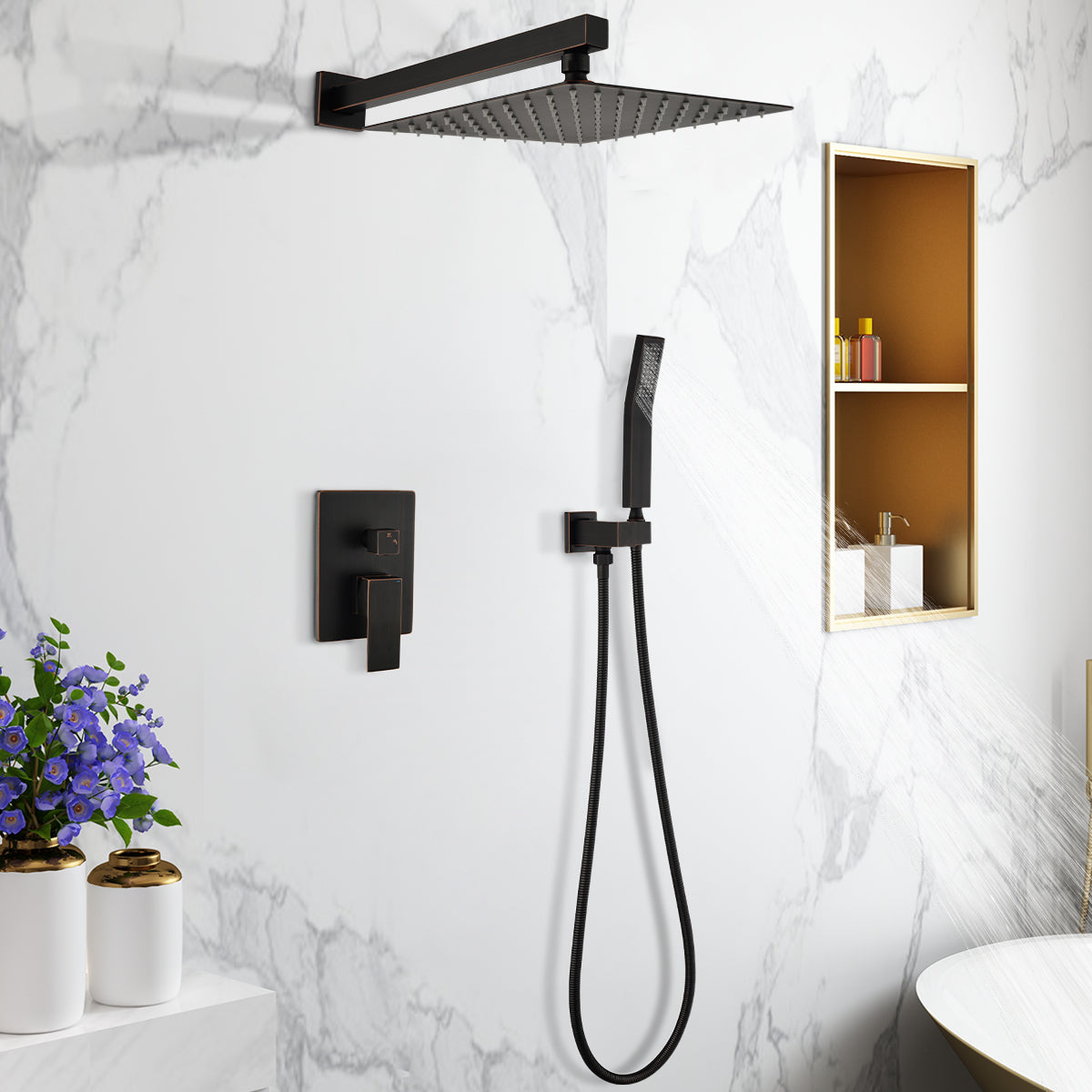






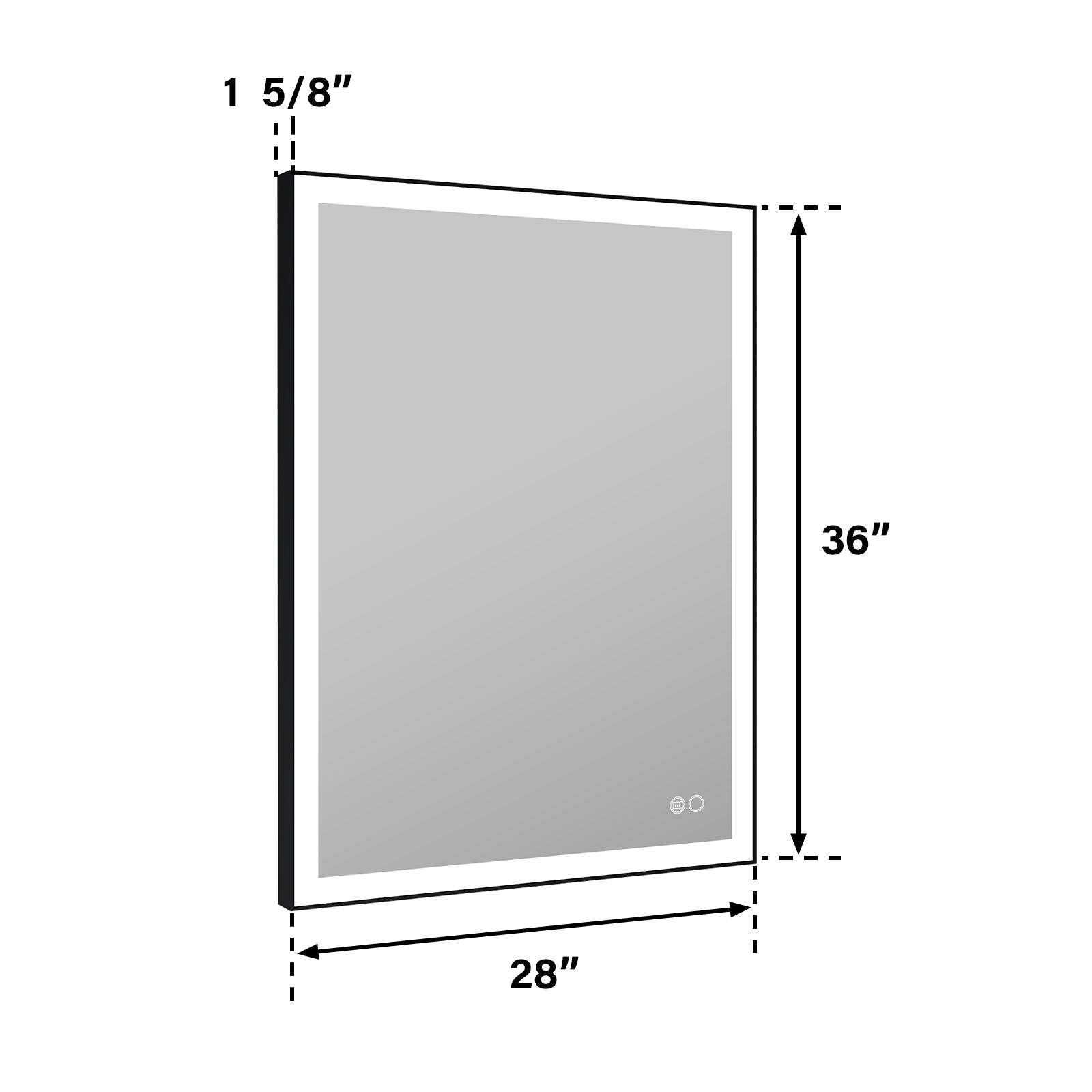
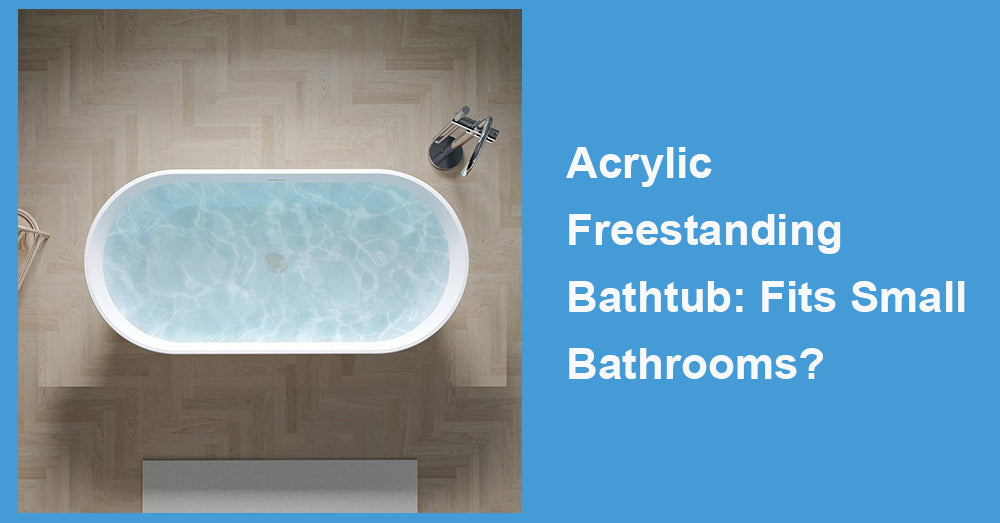

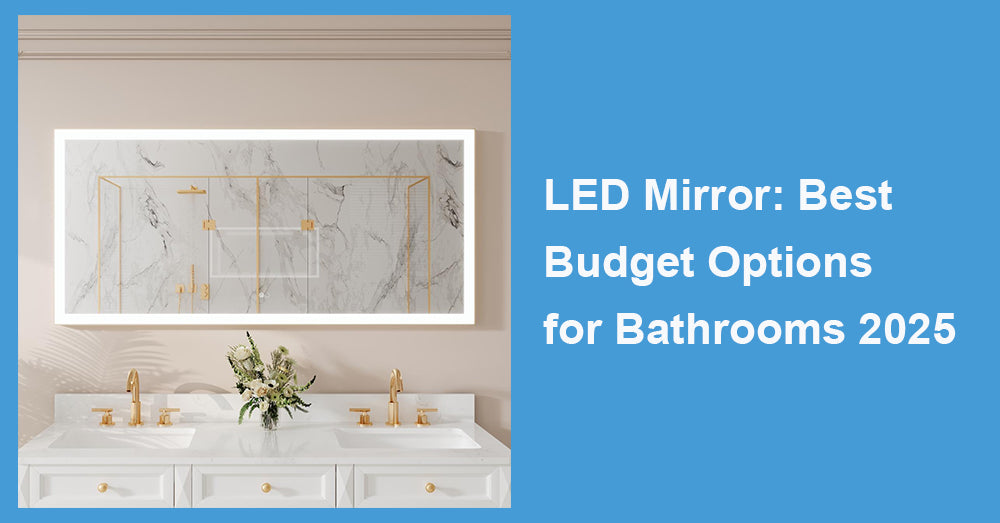
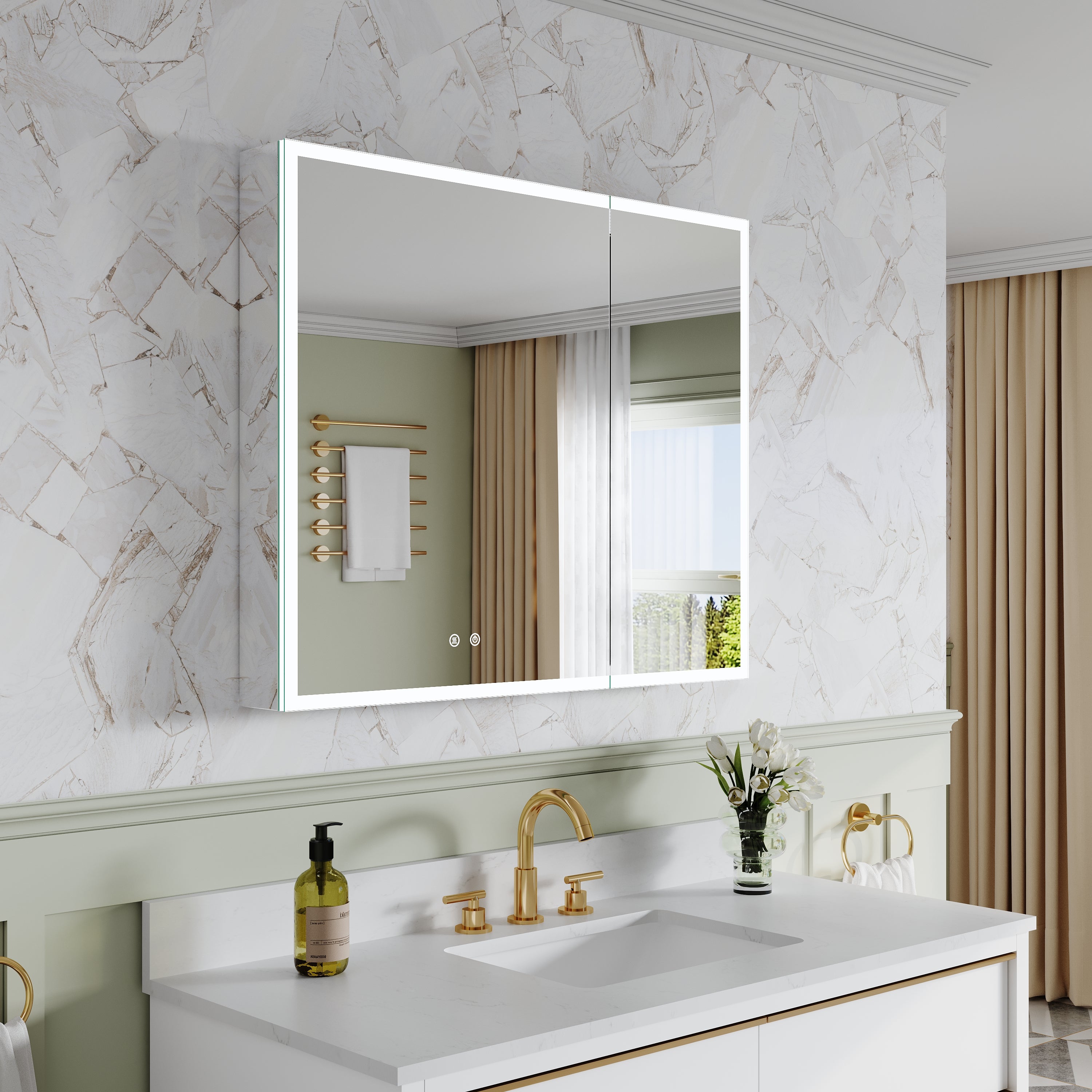
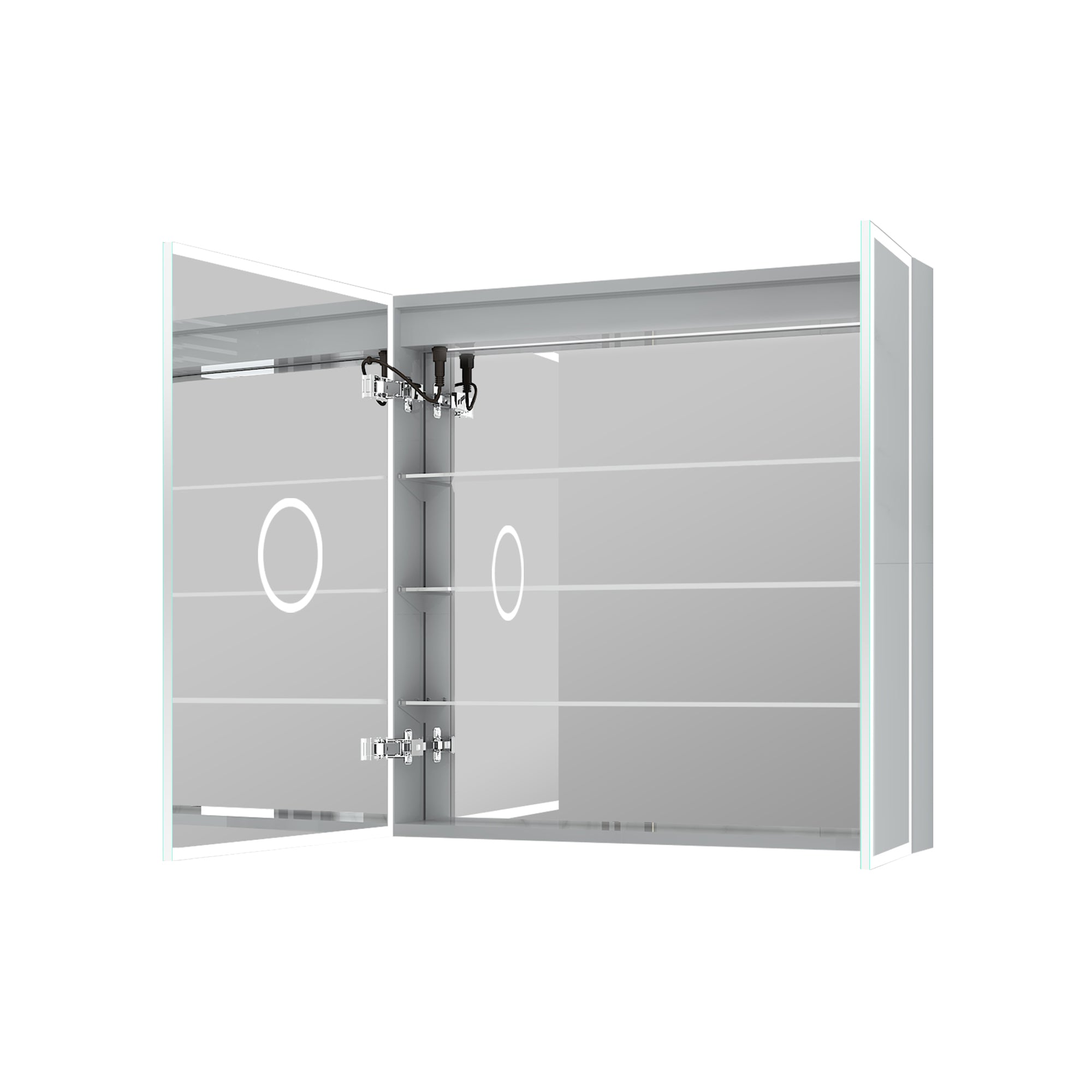
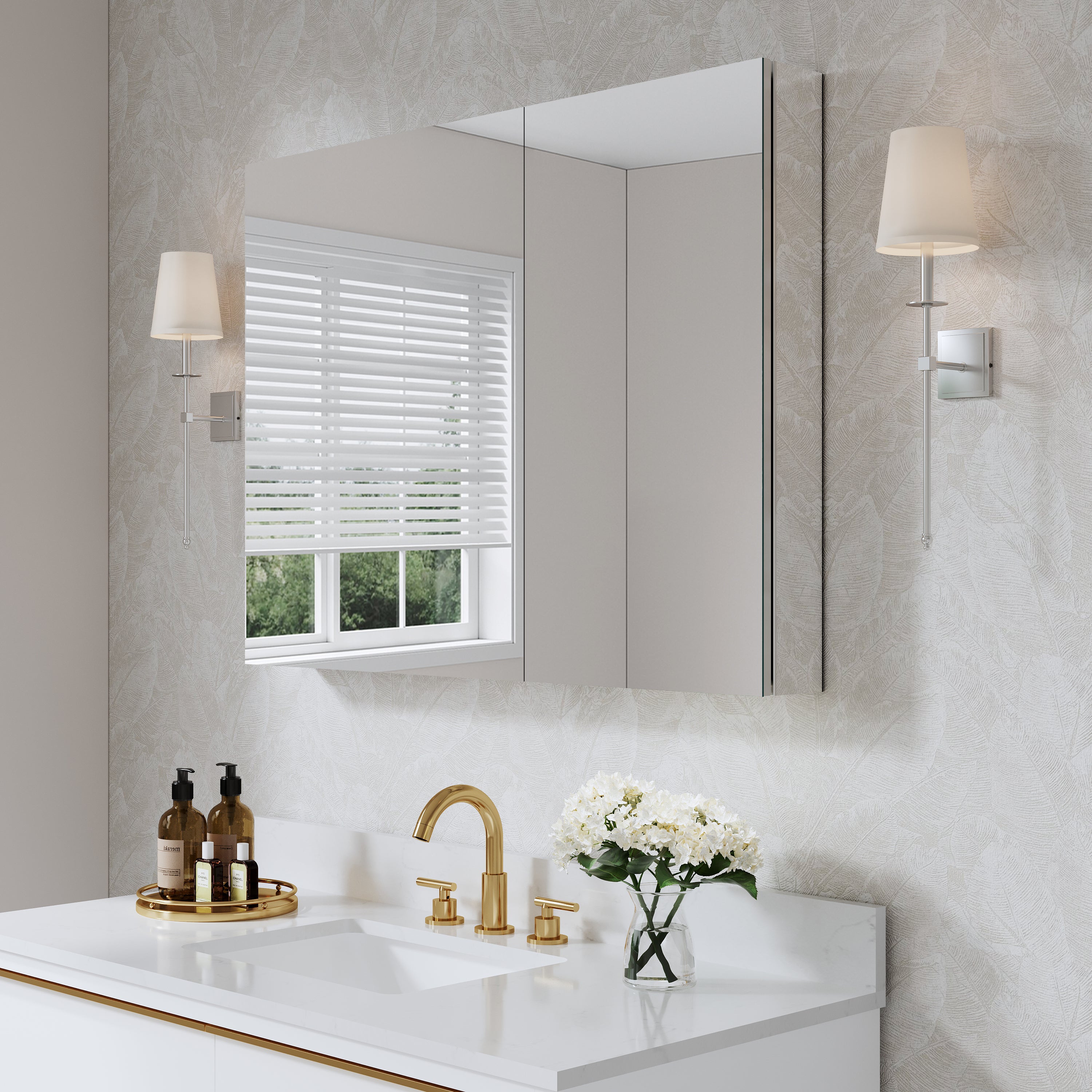

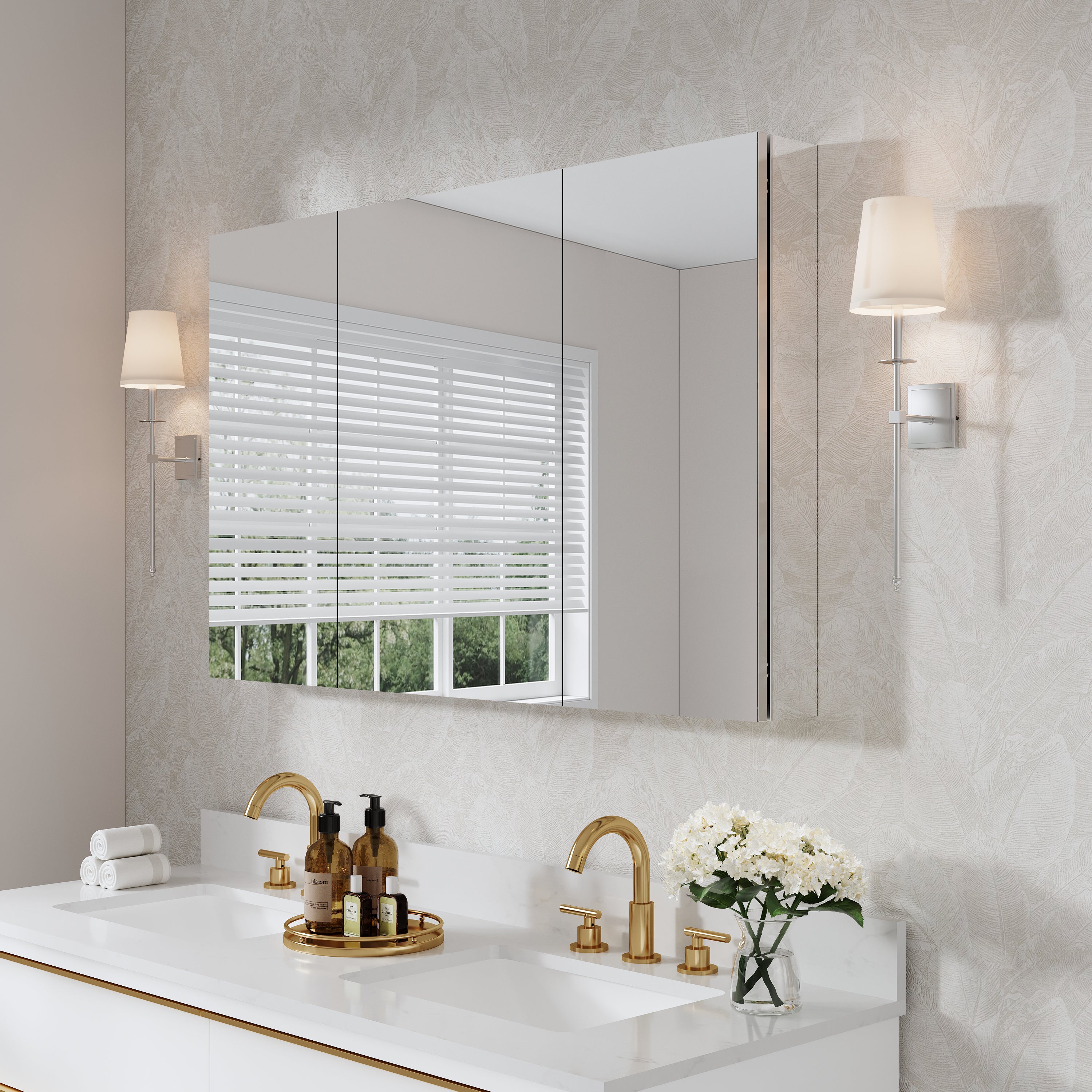
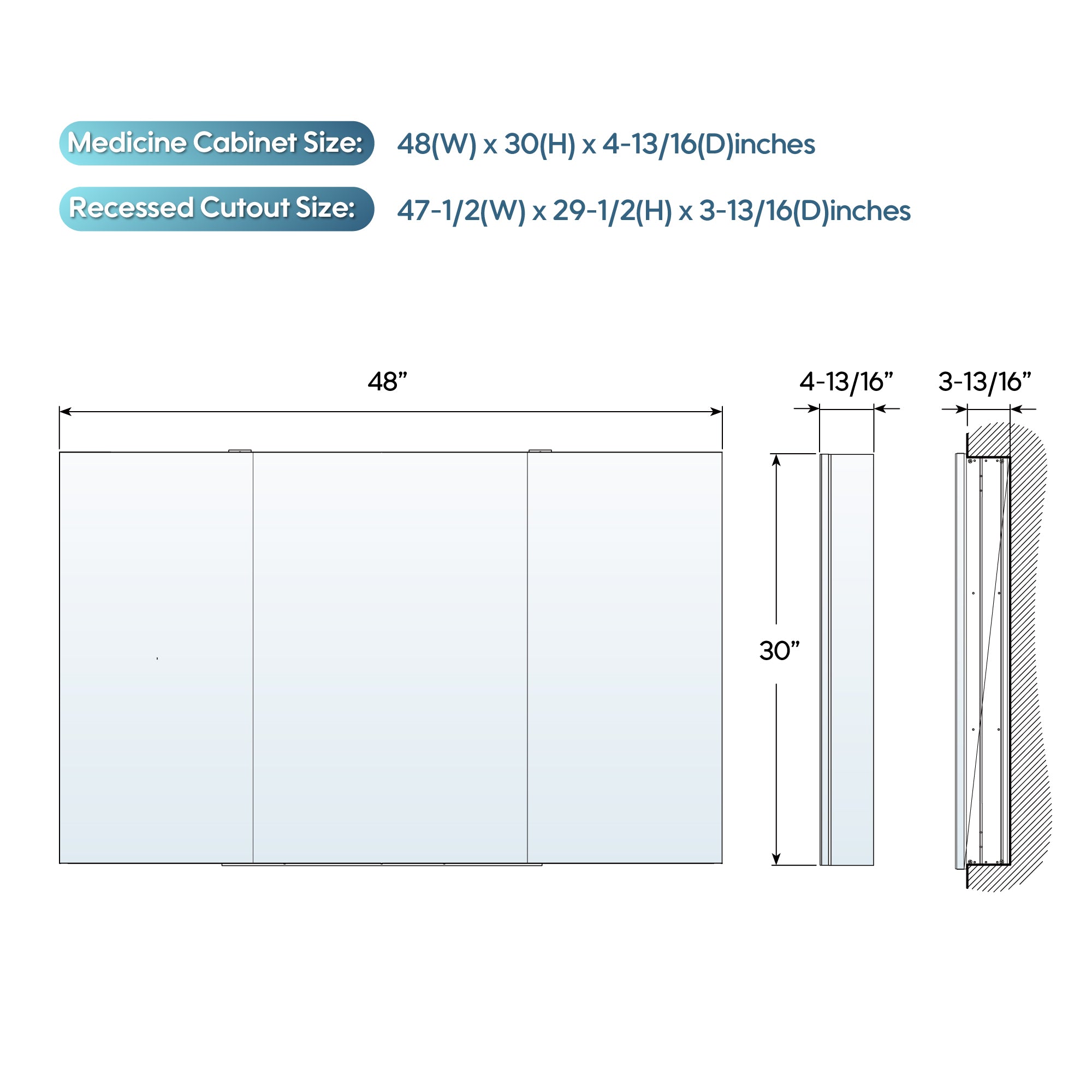

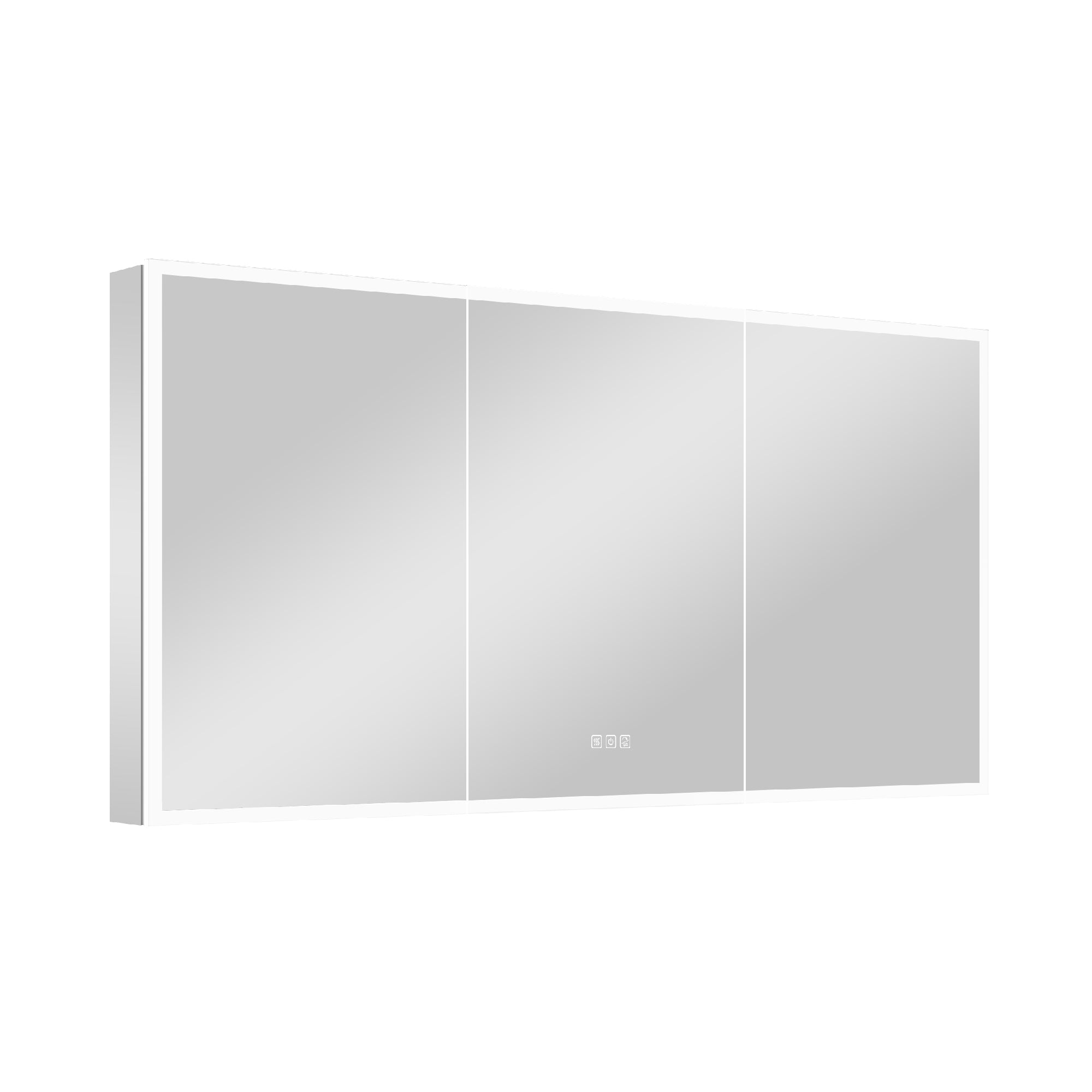
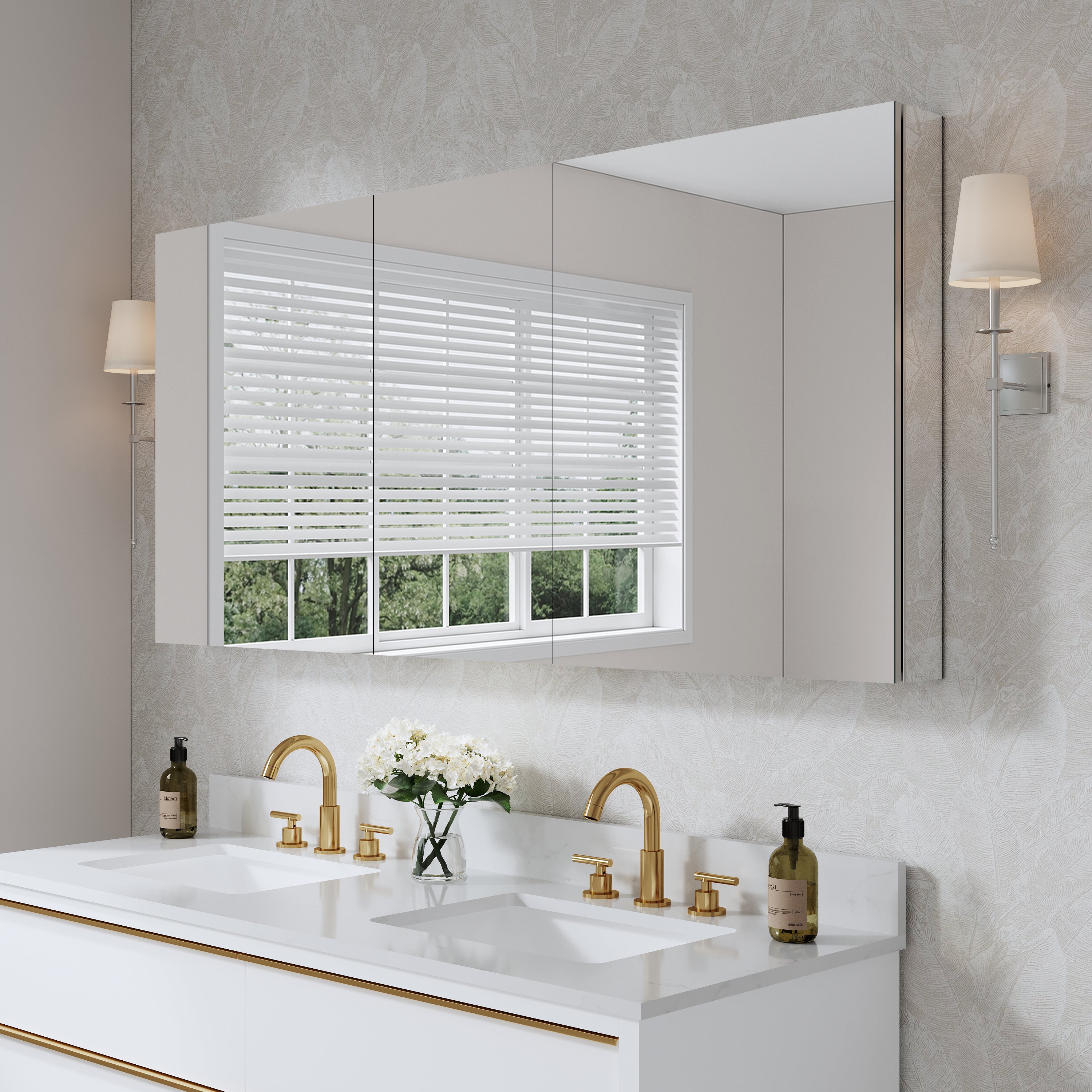




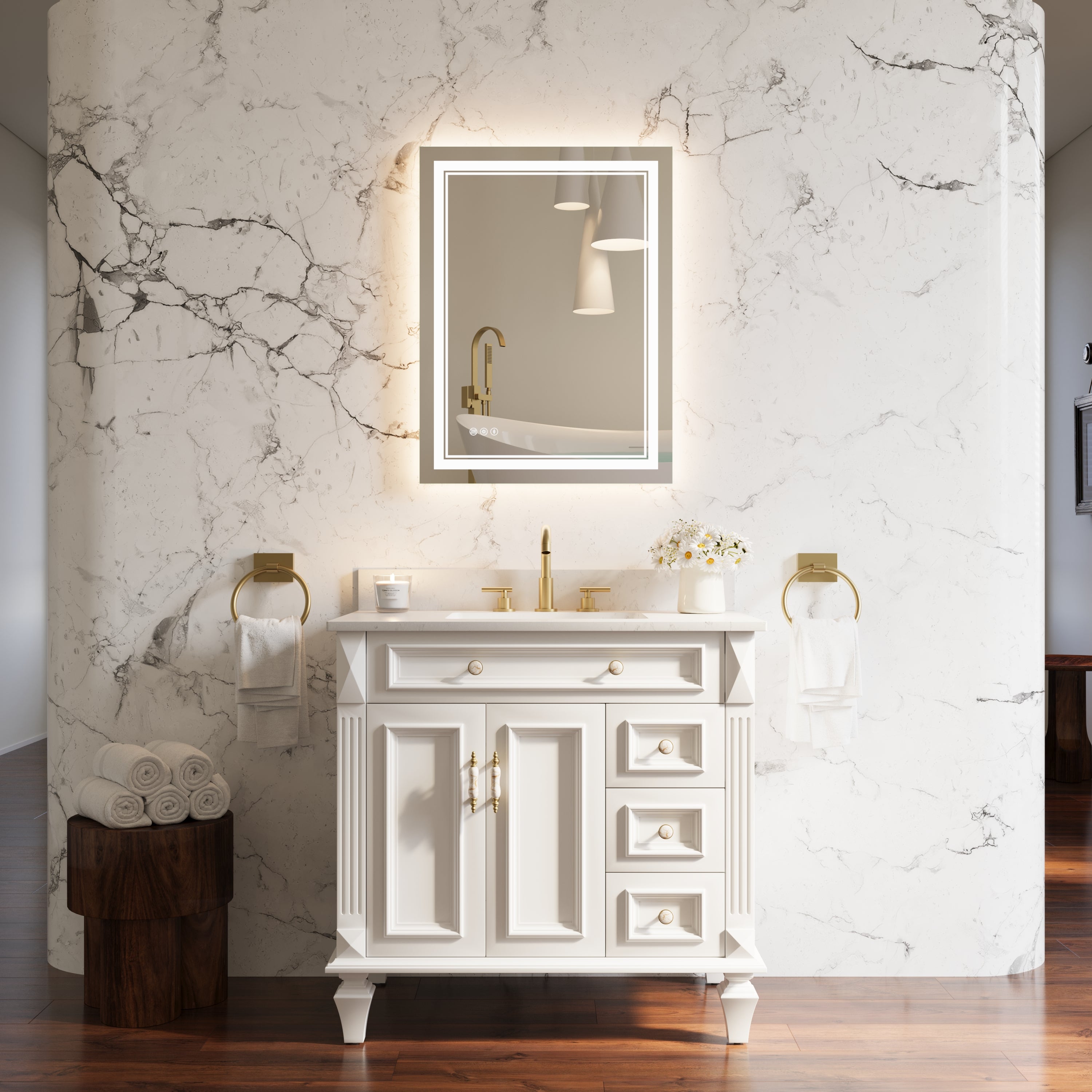
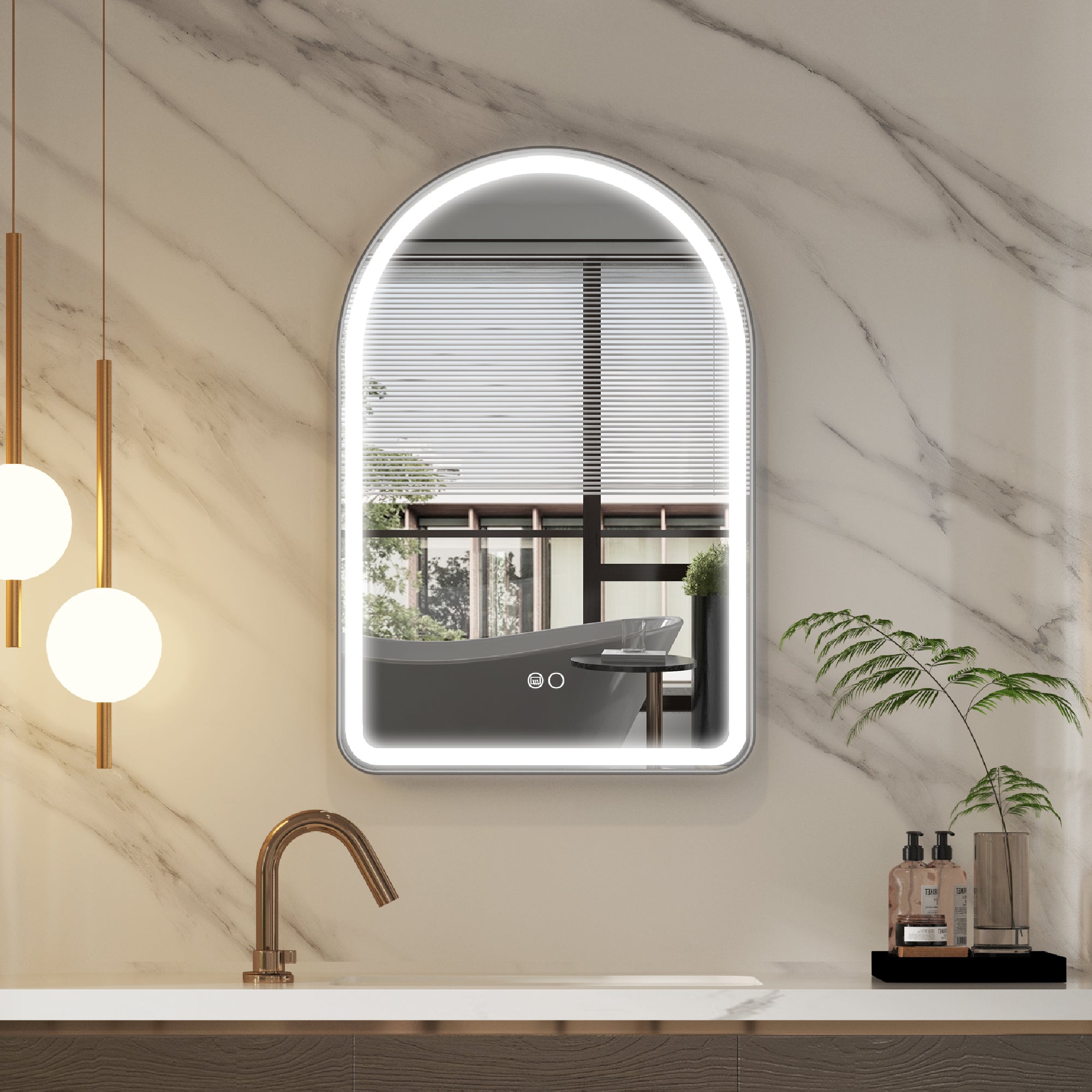
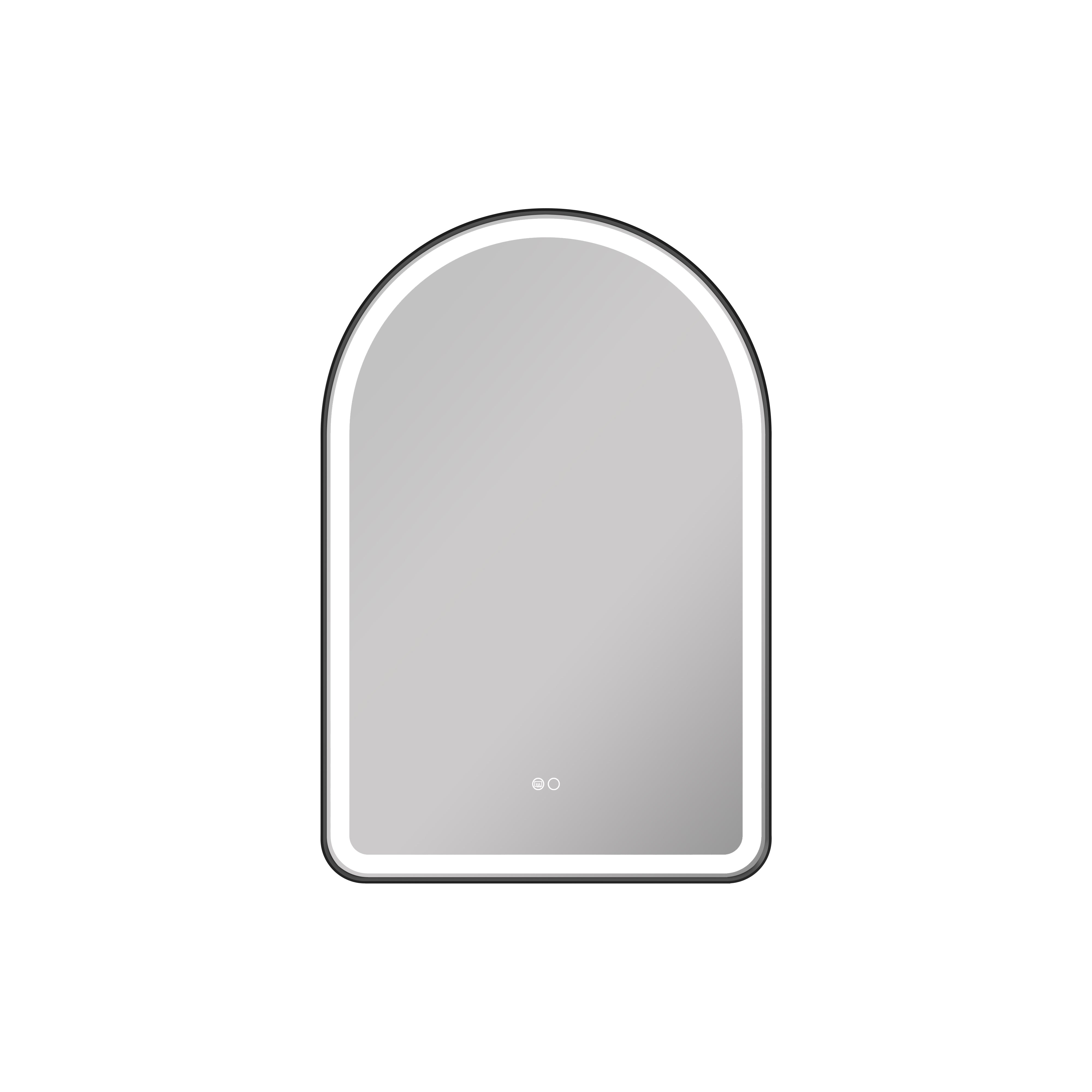

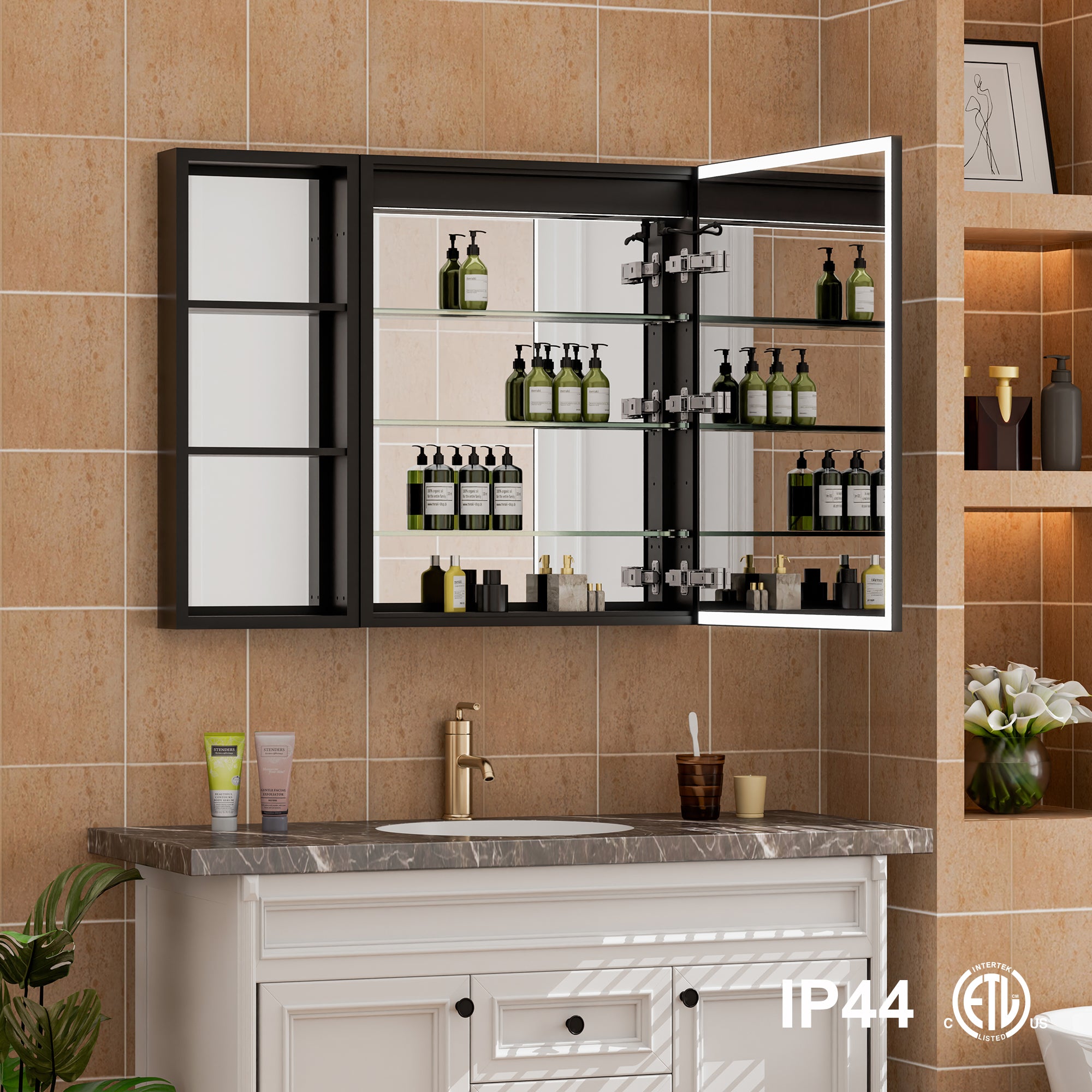
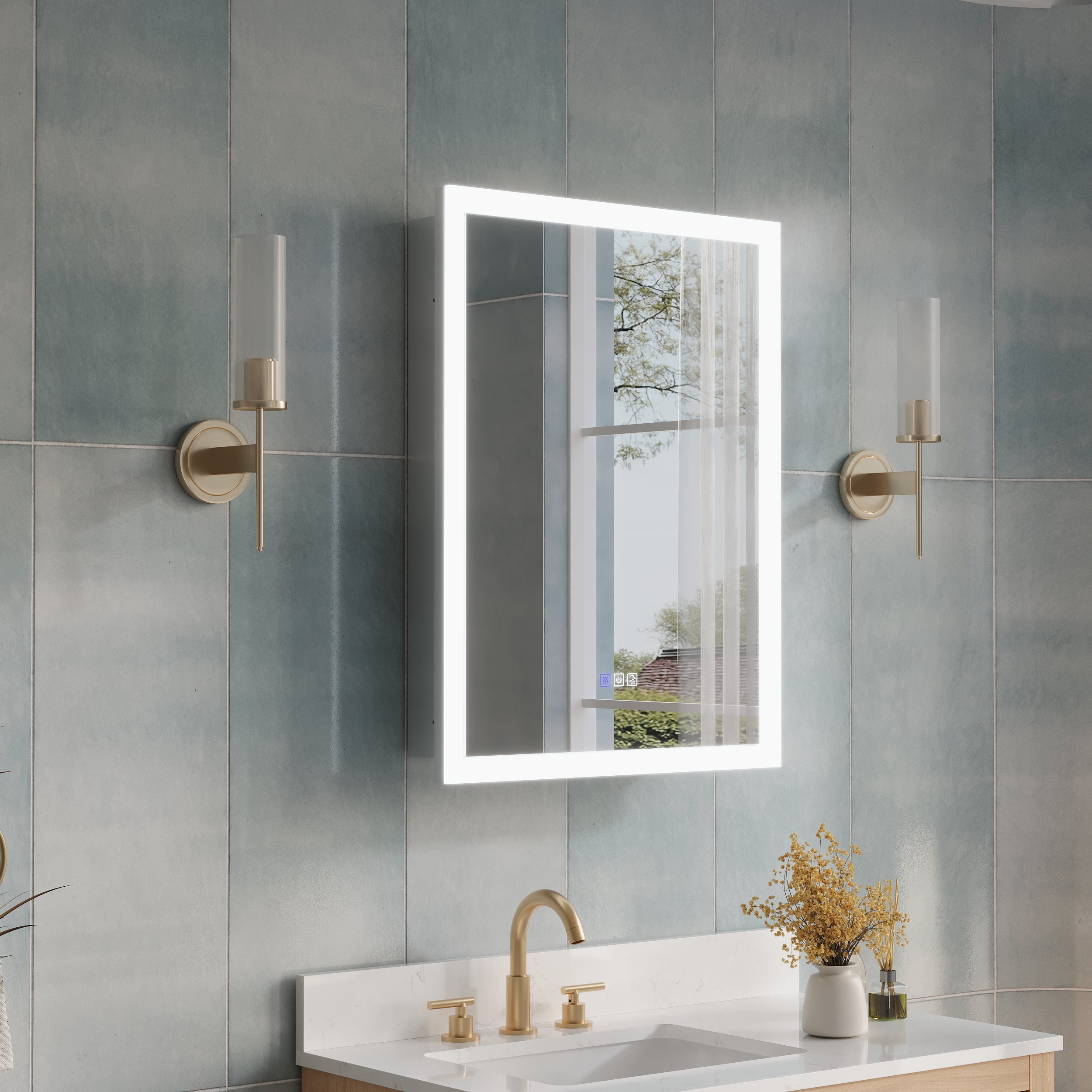

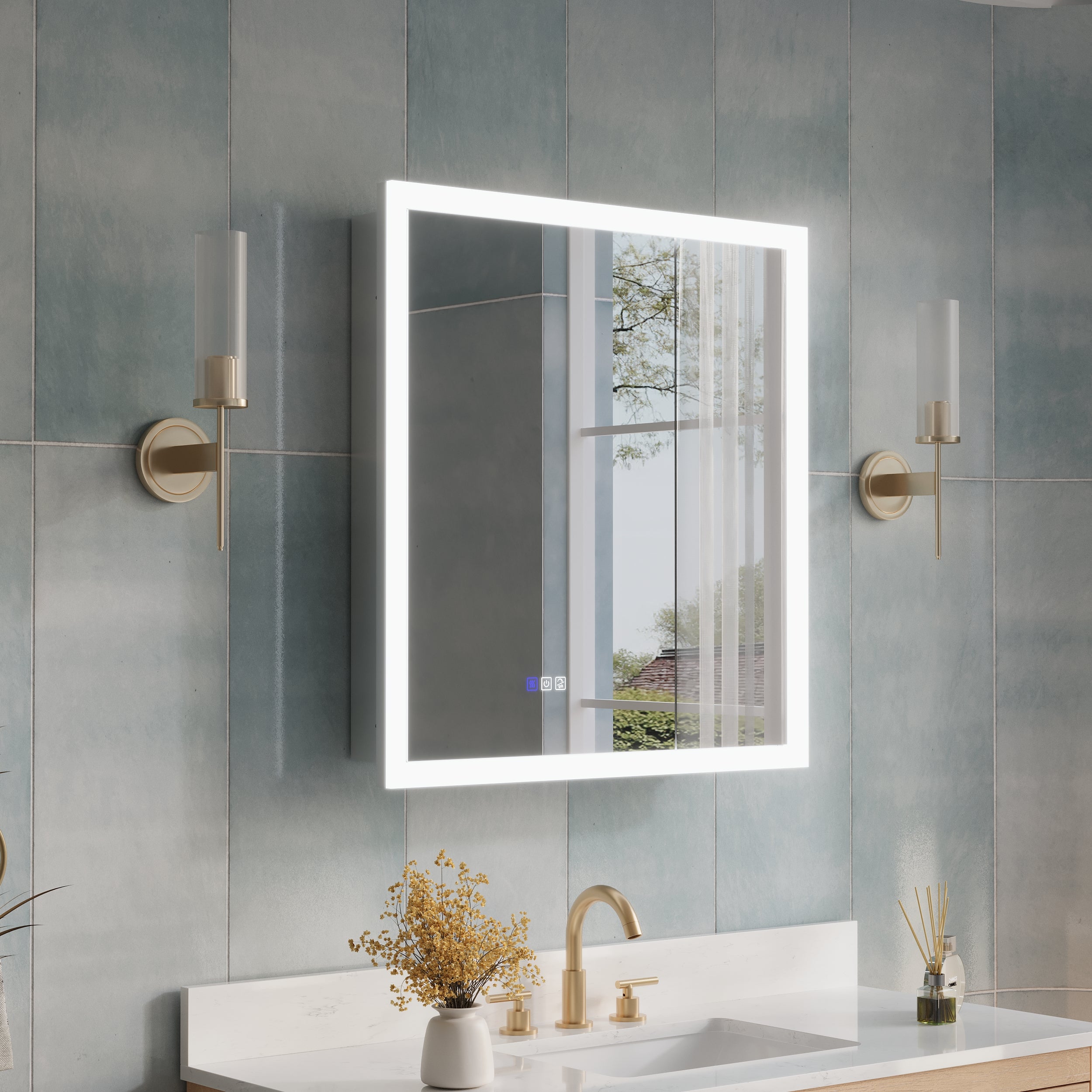

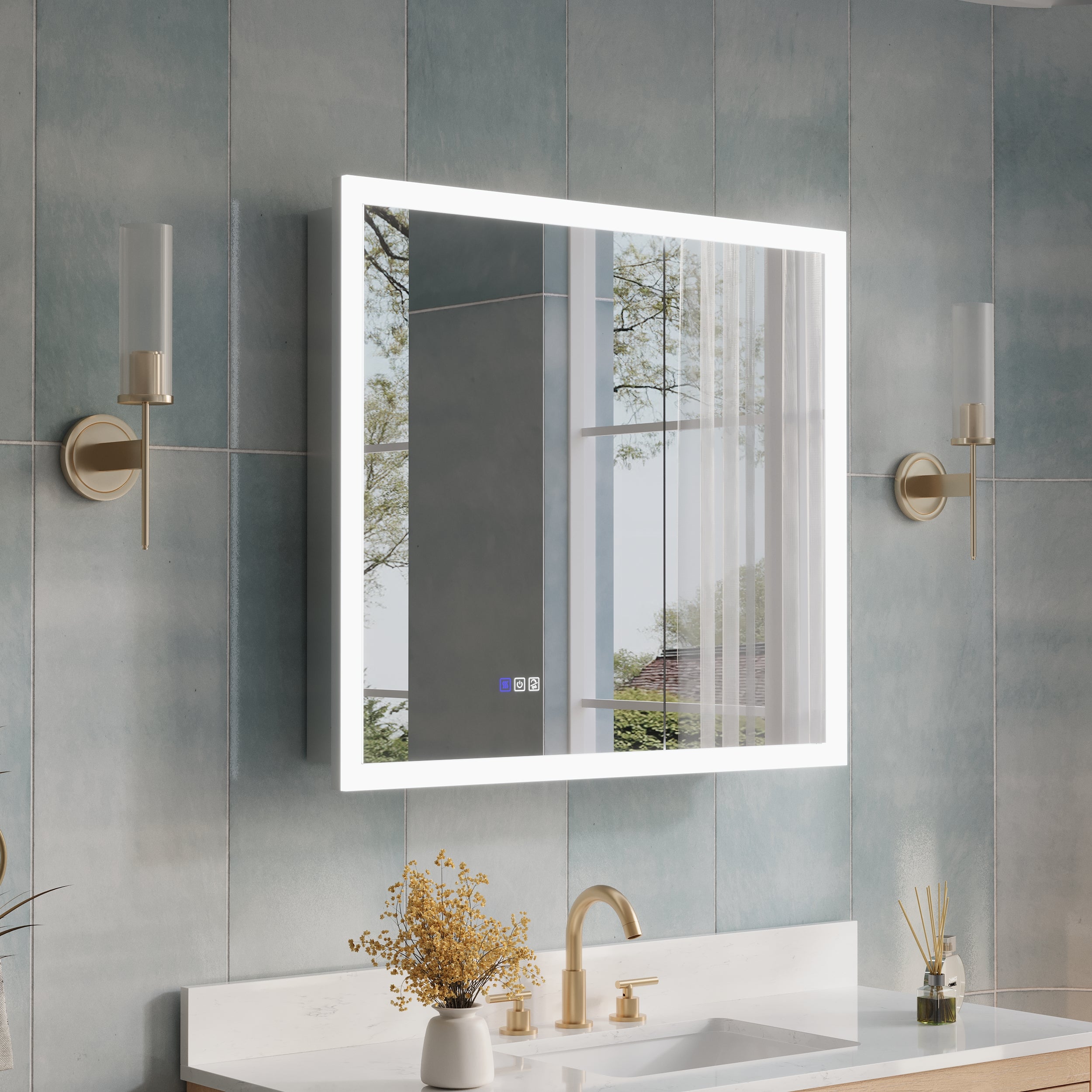

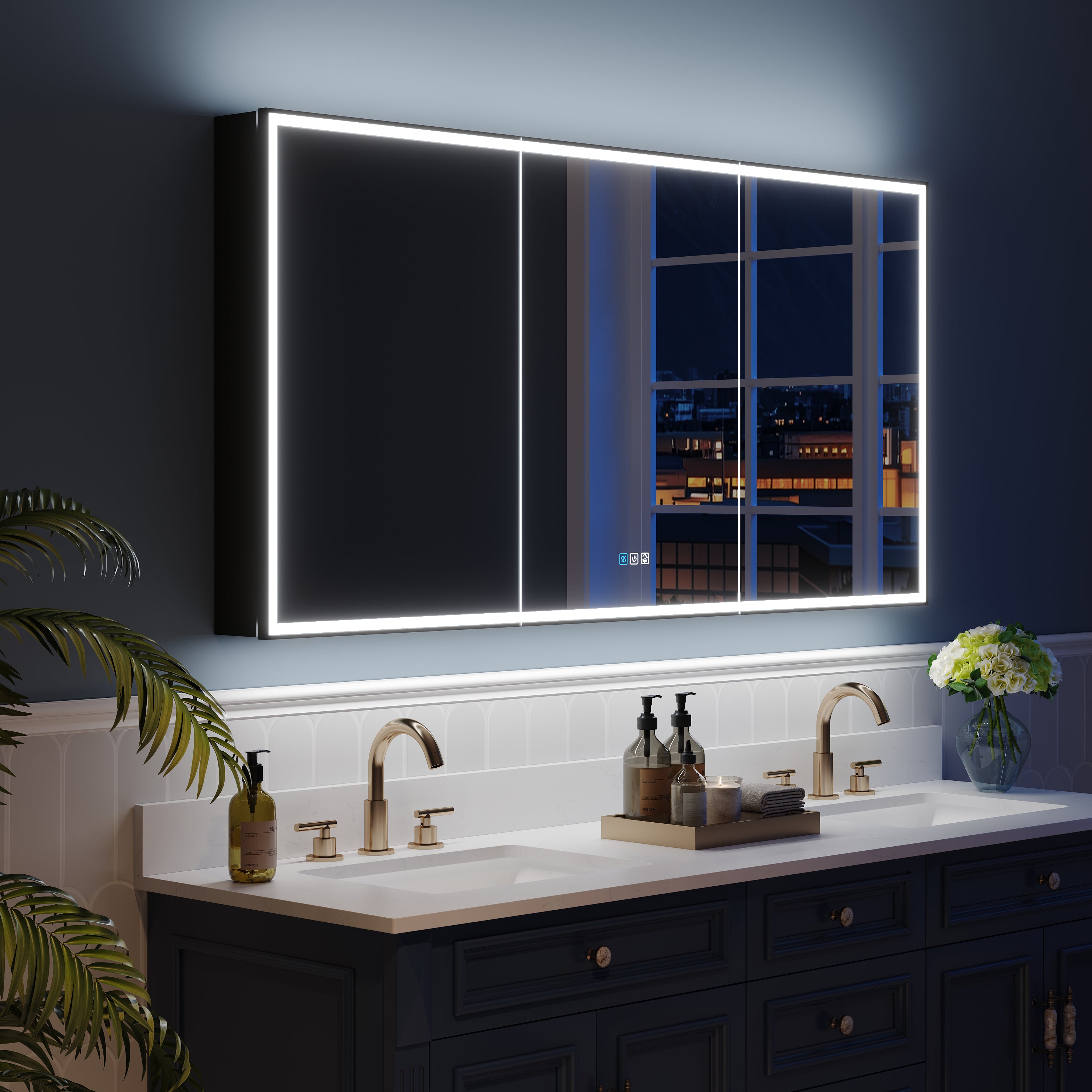
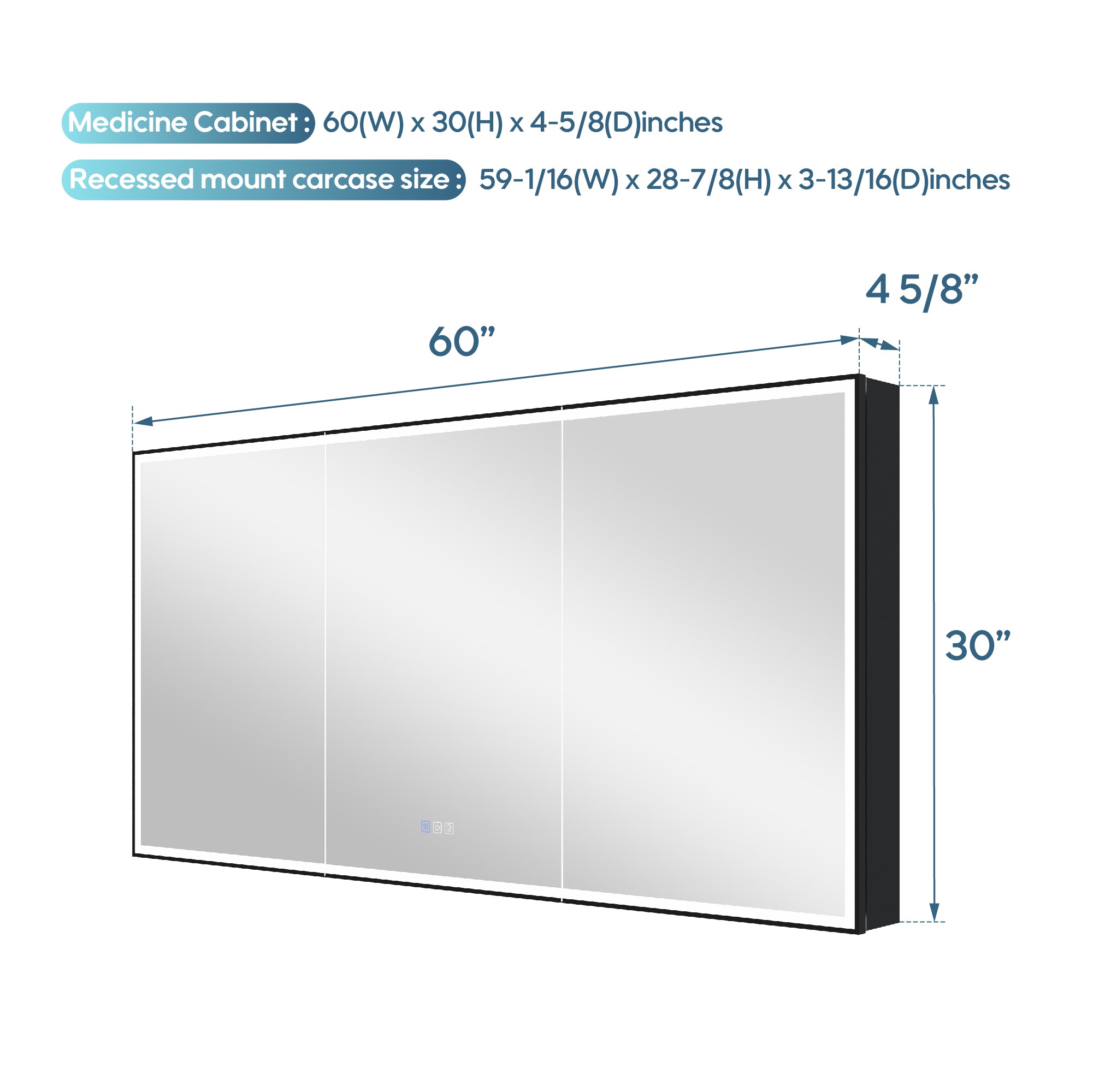
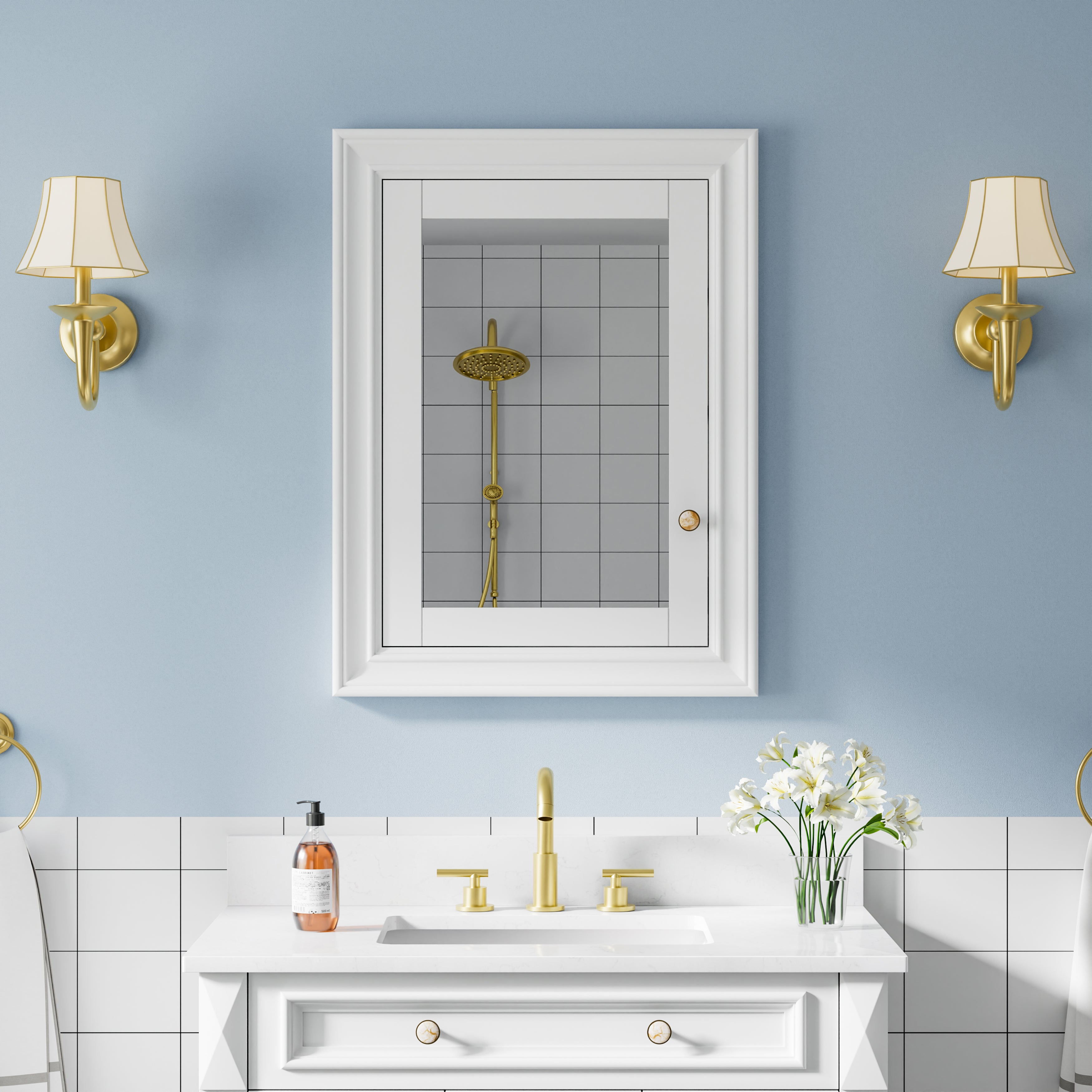


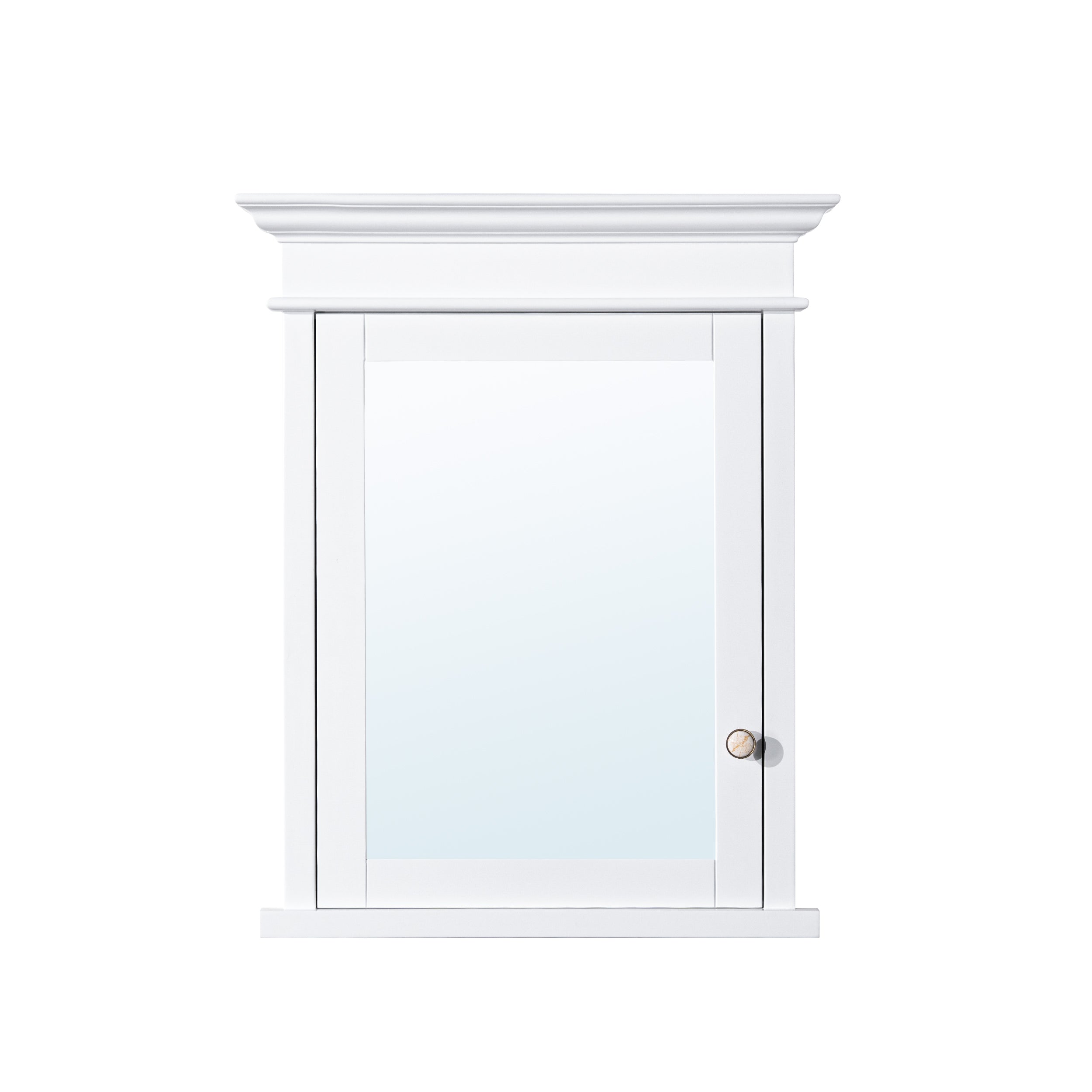

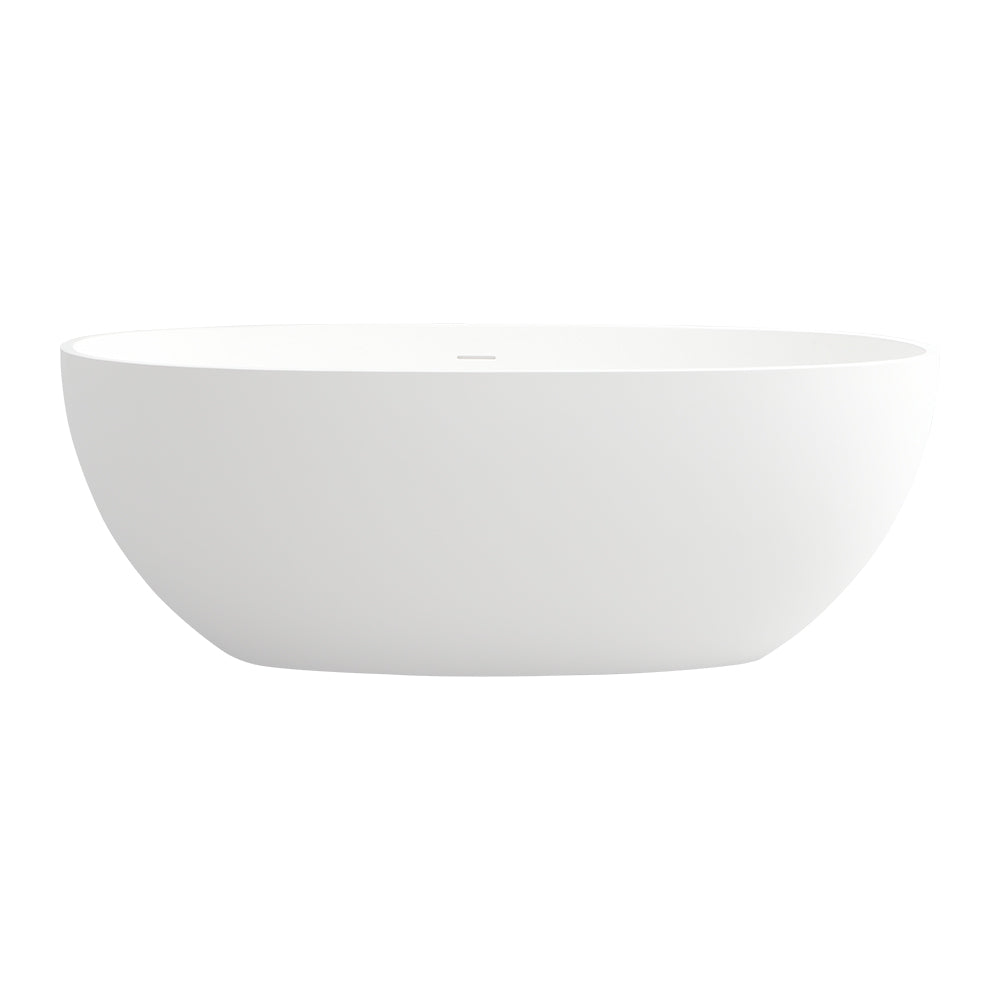


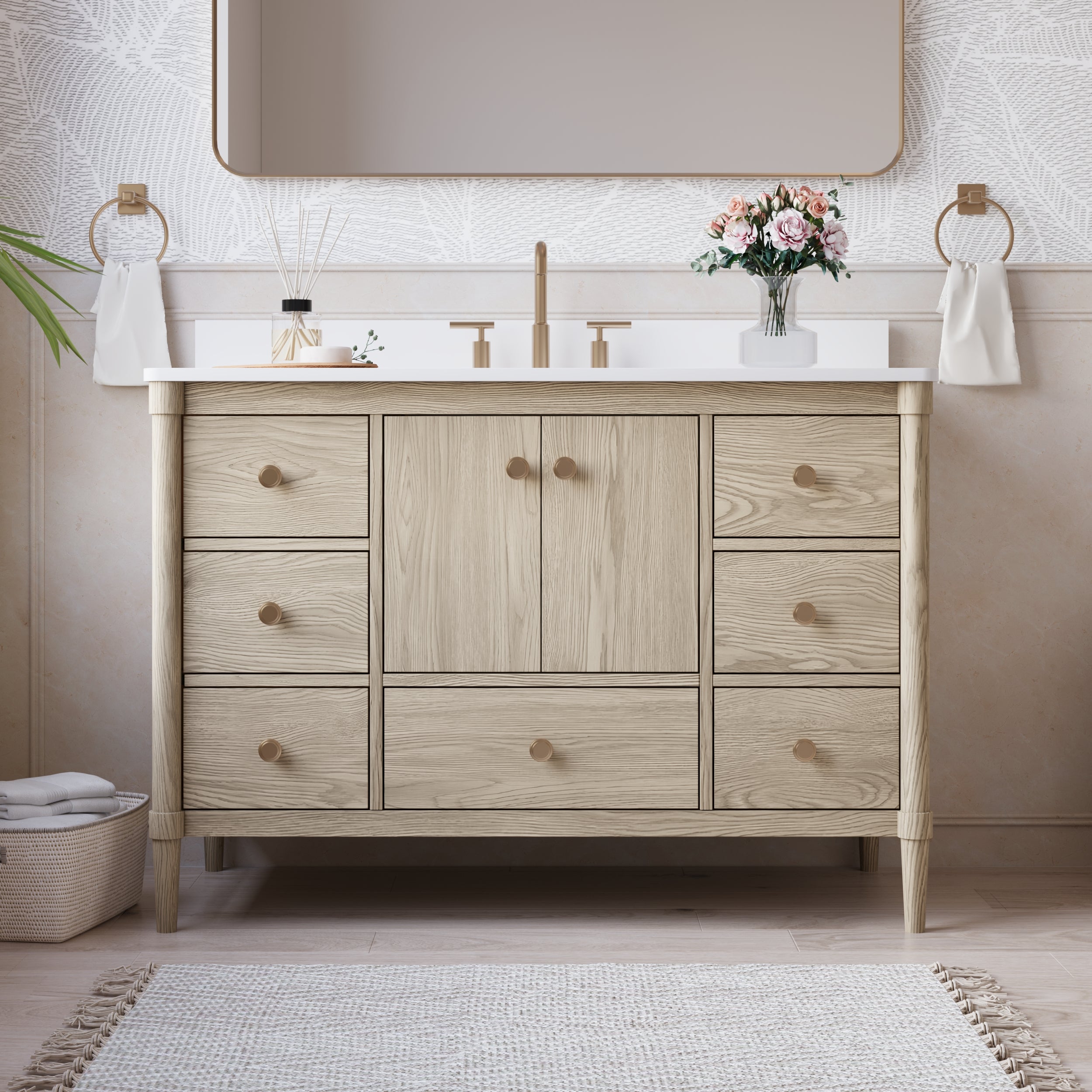
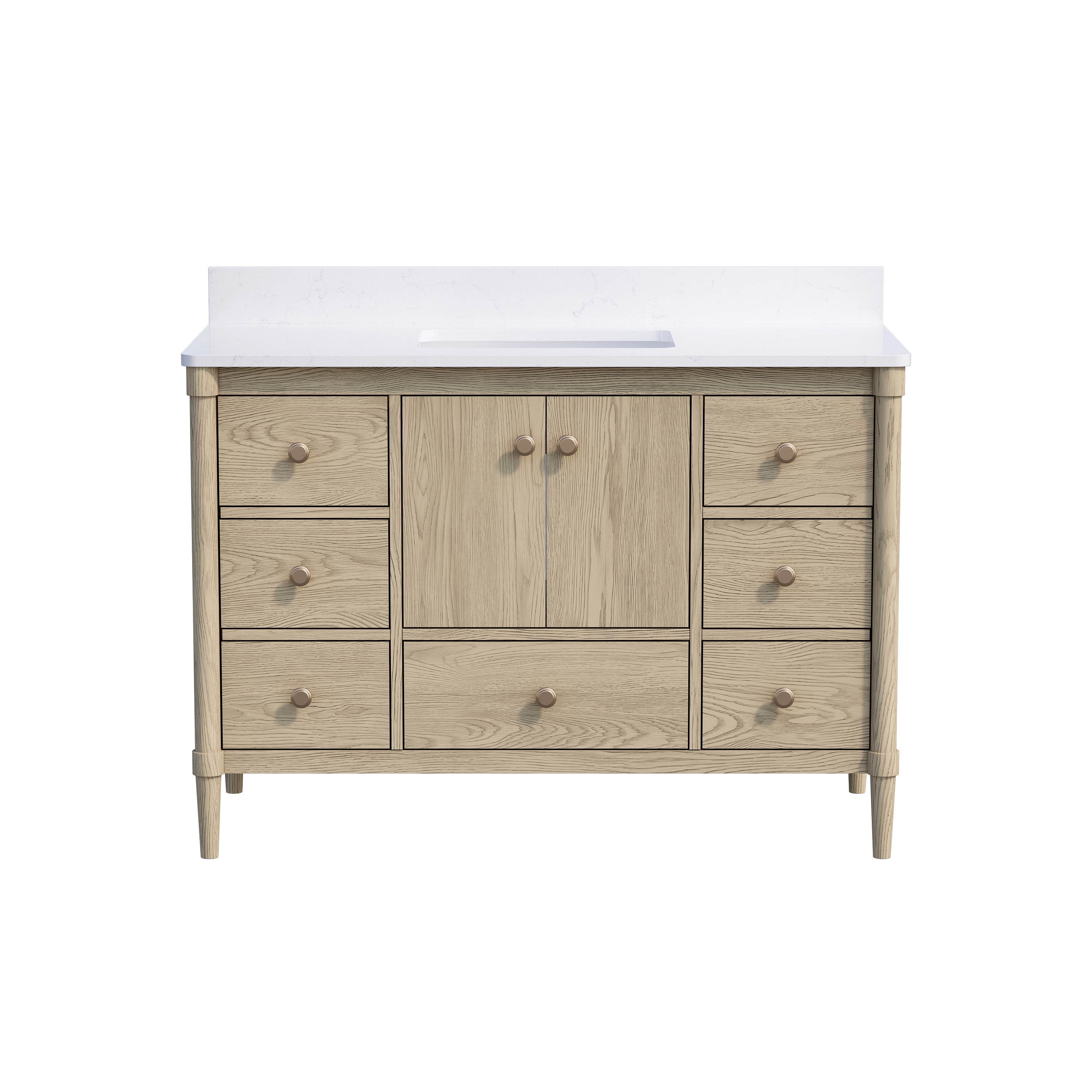
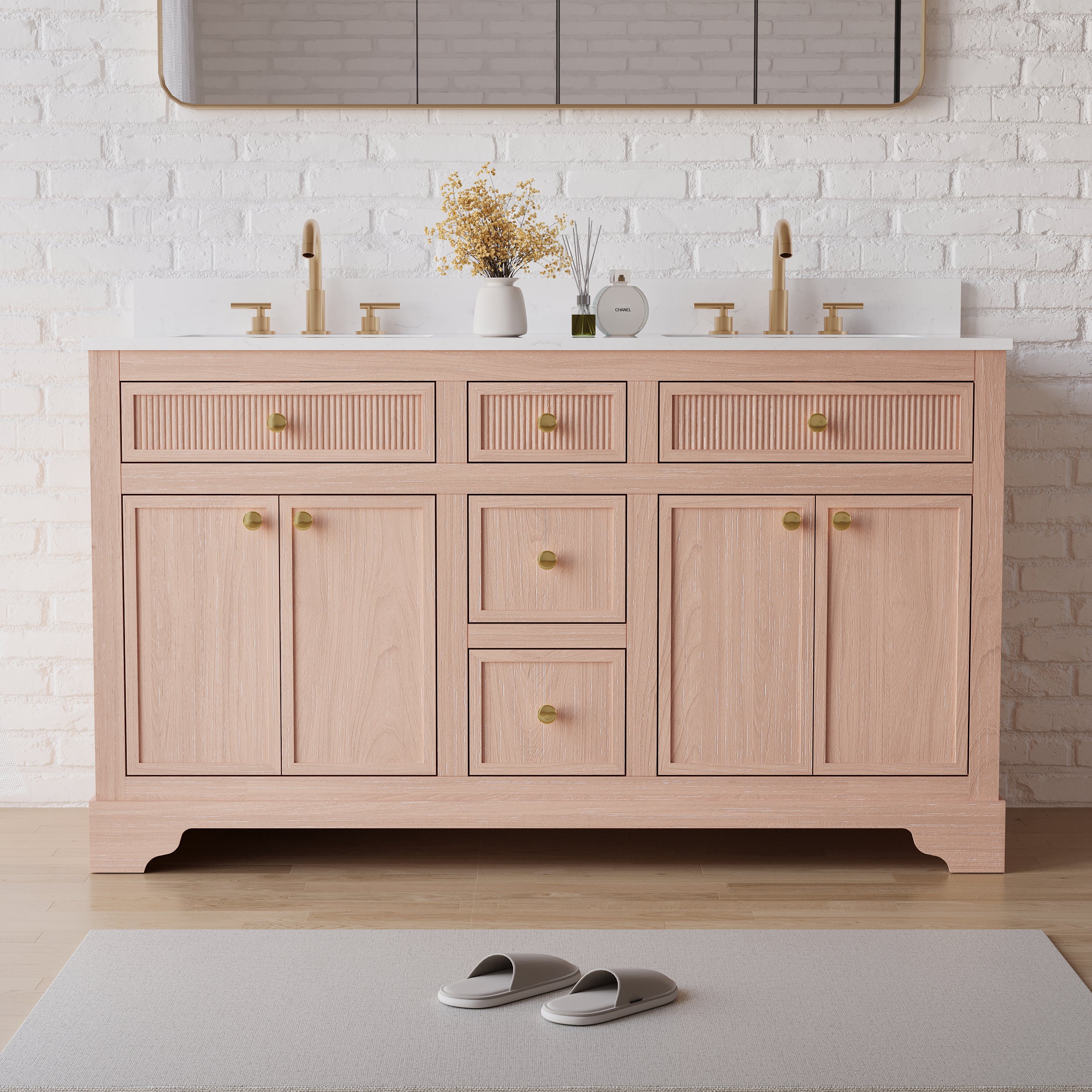



Leave a comment
This site is protected by hCaptcha and the hCaptcha Privacy Policy and Terms of Service apply.